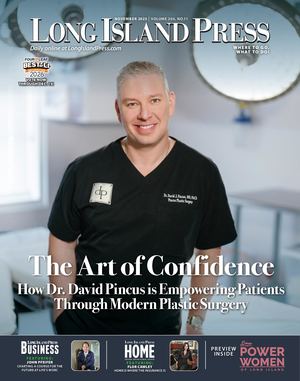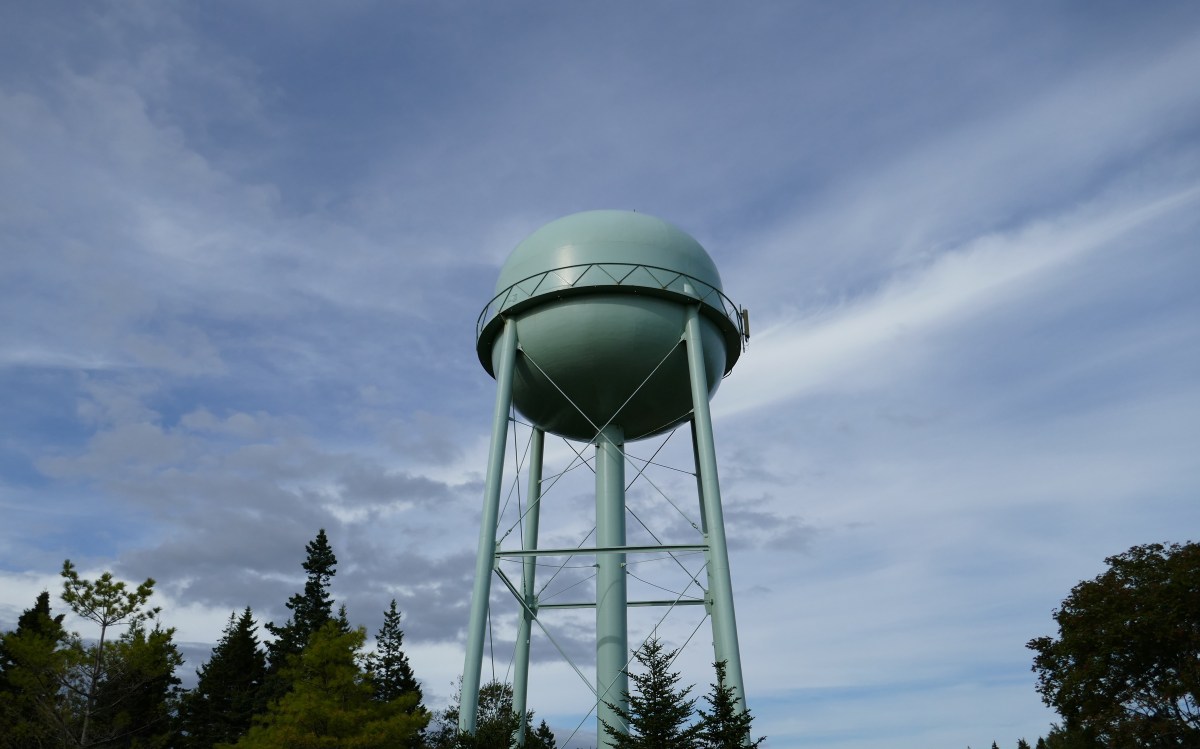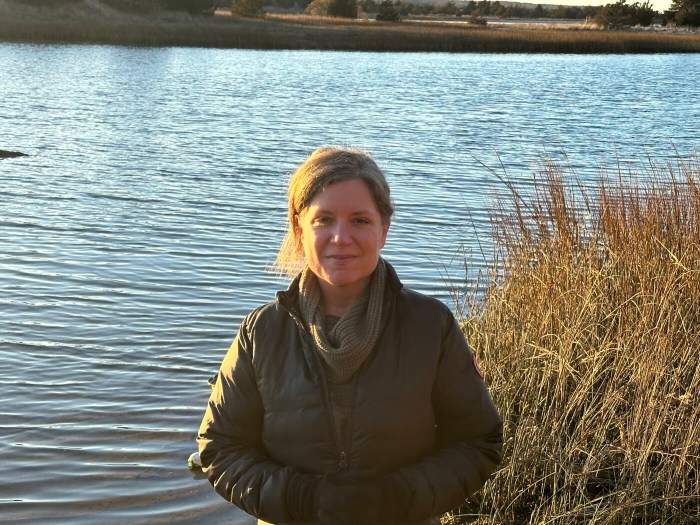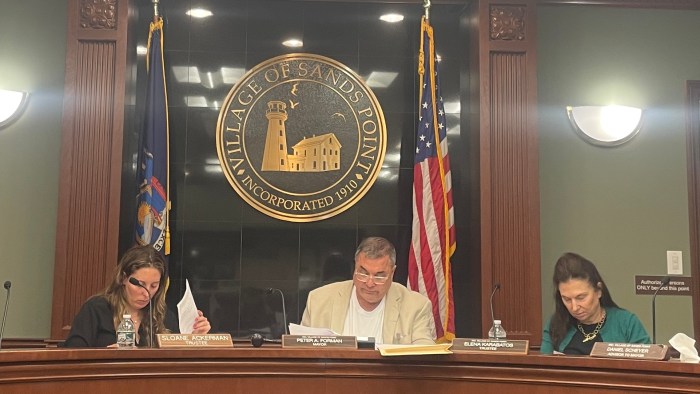No place could be more impacted than Nassau County by the EPA’s decision to postpone by two years the deadline for water utilities to comply with new federal water standards for PFAS until 2031.
These chemicals are dangerous, having been linked to a large number of illnesses – kidney cancer, testicular cancer, high cholesterol, immune suppression, thyroid disease, and pregnancy complications.
And Nassau is a virtual perfect storm for what has been called “forever chemicals” because they do not easily break down in the human body or environment.
All of Nassau’s drinking water comes from underground aquifers — there are no reservoirs, rivers or imported water. This means that any PFAS contamination has an outsized, countywide impact compared to regions that can blend supplies, import water or rely on surface reservoirs.
The county has a relatively dense population, making it a large user of the hundreds of consumer and commercial products, including non-stick pans, cosmetics, firefighting foams and stain-resistant clothing
The county also has a legacy of industrial and military contamination, including the Grumman site in Bethpage, fragmented local water systems, and sandy soils that allow rain and runoff to percolate rapidly into the aquifer with minimal filtration.
Delaying the implementation of limits imposed by the Biden administration for five individual PFAS chemicals — PFOA, PFOS, PFNA, PFHxS, and HFPO-DA — should not be an option. Those limits gave all public water systems three years to complete monitoring for these chemicals and required them to inform the public of the level of PFAS measured in their drinking water.
“Any weakening of the federal standard will result in even less protection for Long Islanders and Americans alike,” Suozzi said in a letter written to Zeldin on Friday, Sept. 19.
He has been joined by environmental groups that are calling on all four Long Island congressional members to convince Zeldin and the Trump administration not to delay implementation of rules formulated under the Biden administration.
“This is not a controversial issue. This is not a Republican or Democrat issue,” said Adrienne Esposito, executive director of the Citizens Campaign for the Environment, based in Farmingdale. “The issue of safe drinking water has always bridged the gap between political parties.”
Water districts across Long Island have been building granular activated carbon systems to remove PFAS from their drinking water. Many were spurred by recent state and federal EPA regulation changes that mandate all drinking water contain less than four parts per trillion of PFAS.
On Sept. 18, Gov. Kathy Hochul announced $176 million in grant money for local water districts across the state, including $10 million to aid the Albertson and Jericho water districts in meeting the state’s standards.
The money is part of a total of $6 billion that New York has invested in water infrastructure since 2017.
Zeldin said the delay from 2029 to 2031 was made to provide “common-sense flexibility” for smaller or resource-constrained systems to comply with federal regulations—a move supported by some water districts.
This raises several questions.
There are about 52 independent water districts/authorities/private companies that provide drinking water across Nassau.
Can we really afford to keep smaller or resource-constrained districts and companies that are unable to meet public health emergencies in charge of something so fundamental as the water we drink?
Shouldn’t we consider a regional drinking water system that is better able to handle the financial demands of providing safe drinking water?
Long Island water districts are, in many cases, making good progress on meeting the original deadlines—at considerable expense to Nassau residents.
What Nassau County and places across the country need now are not delays in safeguarding the water we drink, but some federal funding to ensure that happens.
In some cases, it is a matter of life and death.



































